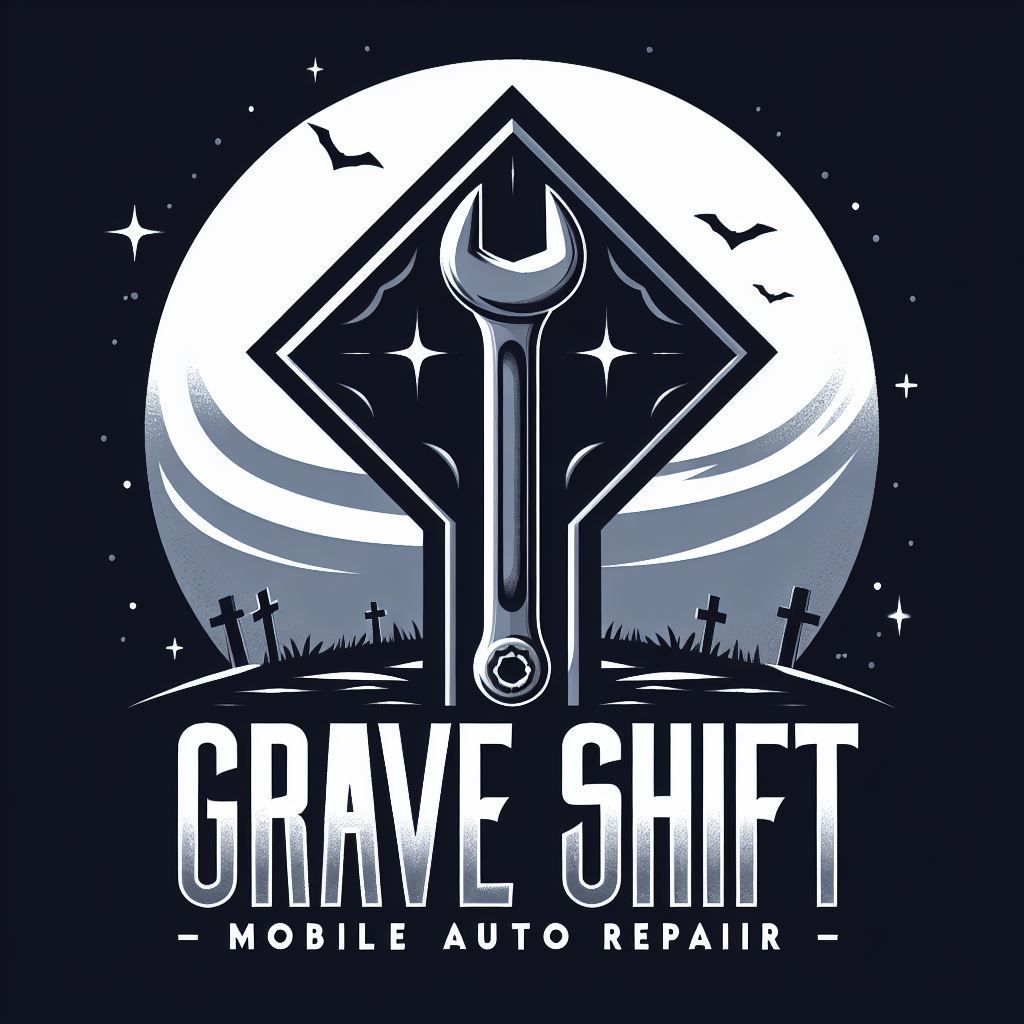

Signs Your Vehicle Needs Brake Repair
Recognizing signs indicating the need for brakes and traction control repair is crucial for maintaining safety and performance in your vehicle. Here are some common signs to watch out for:
Signs Your Vehicle Needs Brake Repair:
1. Squealing or Grinding Noises: High-pitched squealing or grinding noises when you apply the brakes could indicate worn brake pads. Ignoring these sounds can lead to further damage to the brake components.
2. Vibration or Pulsation: If you feel a vibration or pulsation through the brake pedal or steering wheel when braking, it could be due to warped brake rotors. Warped rotors can compromise braking performance and safety.
3. Soft or Spongy Brake Pedal: A brake pedal that feels soft or spongy when pressed could indicate air or moisture in the brake lines, worn brake pads, or a malfunctioning brake hydraulic system.
4. Brake Warning Light: The brake warning light on the dashboard illuminates when there's a problem with the braking system. It could indicate issues such as low brake fluid, worn brake pads, or a malfunctioning brake system component.
5. Pulling to One Side: If your vehicle pulls to one side when braking, it could be due to uneven brake pad wear, a stuck caliper, or brake fluid leakage. Proper brake repair is necessary to ensure even braking performance.
6. Brake Fluid Leaks: Any visible brake fluid leaks around the wheels or underneath the vehicle require immediate attention. Brake fluid leaks can lead to a loss of hydraulic pressure, compromising braking effectiveness.
7. Increased Stopping Distance: If you notice that it takes longer for your vehicle to come to a stop or the stopping distance has increased, it could indicate worn brake pads, brake fluid leakage, or other brake system issues.
Signs Your Vehicle Needs Traction Control Repair:
1. Traction Control Warning Light: The traction control warning light illuminates on the dashboard when there's a problem with the traction control system. It could indicate issues such as a malfunctioning wheel speed sensor, faulty ABS module, or damaged traction control components.
2. Loss of Traction: If you experience a loss of traction or skidding when accelerating or cornering, it could be due to a malfunctioning traction control system. The system may not be able to apply braking force to individual wheels to maintain traction.
3. ABS Activation: If the ABS (Anti-lock Braking System) activates frequently under normal driving conditions, it could indicate issues with the traction control system. The ABS may engage when it shouldn't due to faulty sensors or control modules.
4. Uneven Tire Wear: Uneven tire wear patterns, especially on the drive wheels, could indicate problems with the traction control system. A malfunctioning system may cause excessive wheel spin or slippage, leading to uneven tire wear.
5. Reduced Stability: A malfunctioning traction control system can reduce vehicle stability and control, especially in adverse weather conditions or during emergency maneuvers. If you notice increased instability or difficulty maintaining control of your vehicle, it's essential to have the traction control system inspected and repaired.
If you experience any of these signs indicating the need for brake or traction control repair, it's crucial to have your vehicle inspected by a qualified technician promptly. Ignoring brake or traction control issues can compromise safety and lead to more significant problems down the road.
All Rights Reserved | GraveShiftMobileAutoRepair